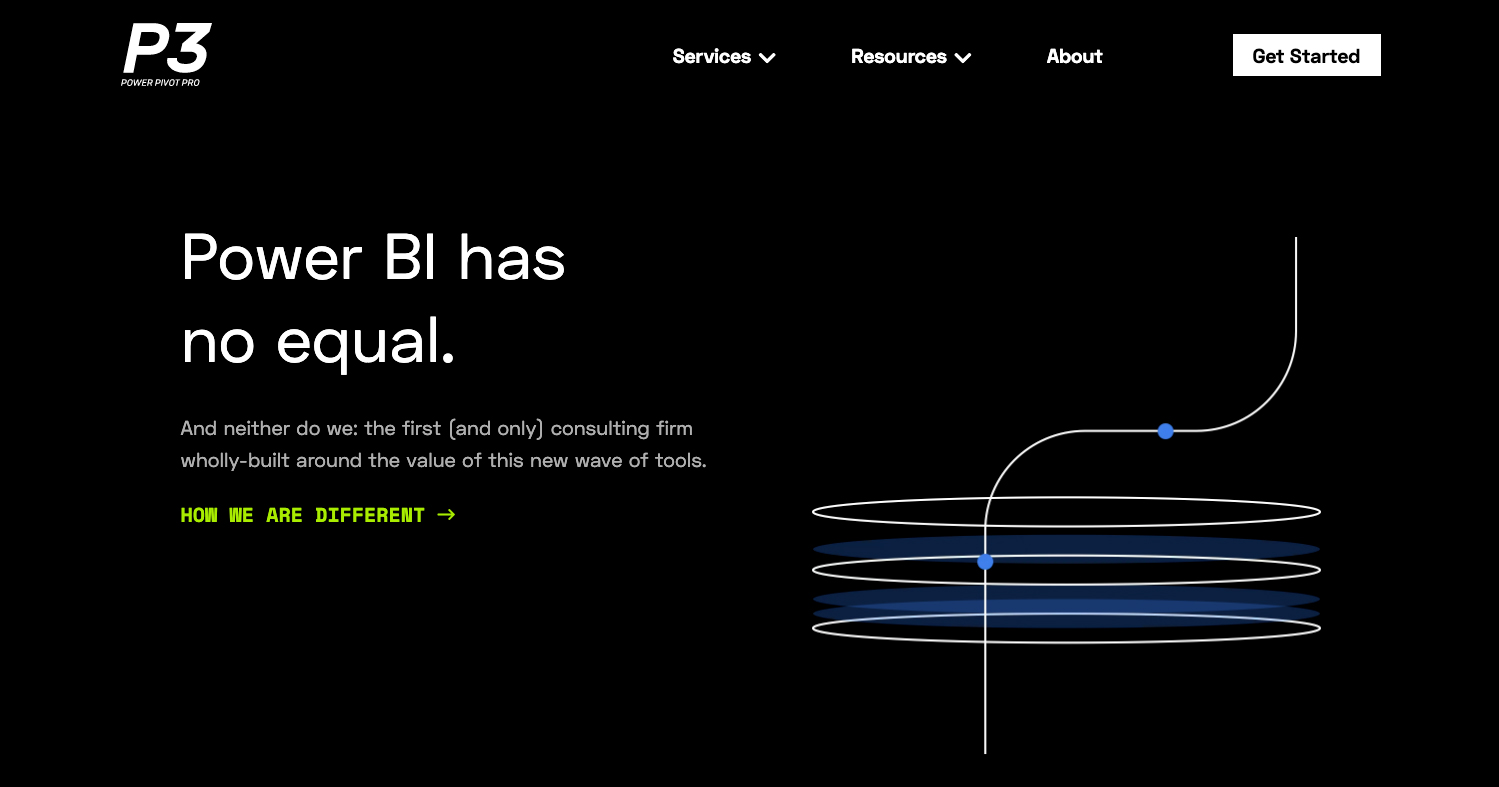Hi,
I've been doing a bit of experimenting, so I have a simple measure ; SUM(Tsales [Units] )
Whichi I have then wrapped in a AVERAGEX and SUMX , its only a two column table Item and unit and I made sure I had duplicate values,
which as it's tiny it is easy to see how the duplicates are grouped up ; so i have 3 a's a and 2 , a and 2 , a and 6
which seems to return ( 2 + 2 ) + 2 + 2 ) + 6. My question is this if I'm using anything enduing in X around a measure make sure you have a unique identifier
, any advice or reading suggestions welcome.
Richard
I've been doing a bit of experimenting, so I have a simple measure ; SUM(Tsales [Units] )
Whichi I have then wrapped in a AVERAGEX and SUMX , its only a two column table Item and unit and I made sure I had duplicate values,
which as it's tiny it is easy to see how the duplicates are grouped up ; so i have 3 a's a and 2 , a and 2 , a and 6
which seems to return ( 2 + 2 ) + 2 + 2 ) + 6. My question is this if I'm using anything enduing in X around a measure make sure you have a unique identifier
, any advice or reading suggestions welcome.
Richard








